Can Serial Ports Only Transmit Binary Data?
What signal is transmitted through serial communication?
Serial port communication is a method of transmitting data serially, and it does not limit the type of data that can be transmitted. It can be used to transmit various forms of data, including binary numbers, text, images, audio, and more.
In serial communication, data is transmitted one bit at a time, with each bit typically representing a binary number (0 or 1). Therefore, data is broken down into a sequence of binary bits during transmission, which are sent one by one over the serial connection.
For the transmission of non-binary data, such as text, it is common to convert it into a binary form, often using ASCII encoding, before sending it over the serial port. The receiving end will then decode the received data to restore it to its original form.
It's important to note that serial port communication itself does not concern itself with the specific meaning of the transmitted data. Its primary role is to efficiently transmit data bits. The interpretation and processing of the data depend on the agreement and protocol established between the two communicating parties. The receiving end deciphers and processes the data according to the agreed-upon format.
As a result, serial port communication can be used to transmit various types of data, including binary numbers, text, and other forms of data. How this data is interpreted and processed relies on the conventions and protocols established by the communicating parties.
What Is Binary?
Binary is a counting system and a data representation method that uses two digits: 0 and 1. In binary, each digit position is called a "bit," which is the fundamental unit of information in computing.
Binary employs a base-2 numbering system, which is different from the base-10 system we commonly use (decimal). In the decimal system, each digit position can hold values from 0 to 9, whereas in binary, each digit position can only hold values of 0 or 1.
Each position in binary represents a power of 2, with positions increasing in value from right to left. The rightmost position represents 2^0 (1), the next position represents 2^1 (2), the following one represents 2^2 (4), and so on.
For example, the binary number 1011 can be converted to decimal as follows:
(1 * 2^3) + (0 * 2^2) + (1 * 2^1) + (1 * 2^0) = 11 (in decimal).
Binary is widely used in computer science and digital electronics because all data and instructions inside a computer are ultimately stored and processed in binary form. By using binary, computers can efficiently represent and process information, perform logical operations, and manipulate data.
How Is Binary Information Translated into Data in Serial Communication?
In serial communication, received binary information needs to be parsed and translated into meaningful data. The translation method depends on the data format and conventions used for transmission. Here are some common conversion methods:
-
Byte Conversion: Serial communication typically transfers data in bytes, with each byte consisting of 8 binary bits. You can combine every 8 binary bits to form a byte and then parse the data based on the specified data format.
-
ASCII Encoding: When transmitting text data, a common approach is to encode each character using ASCII codes. At the receiving end, the binary numbers received can be converted back into corresponding characters using the ASCII code table.
-
Data Format Parsing: If there is a specific data format agreement, you can parse the data based on the format rules. For instance, if floating-point numbers are transmitted according to a specific format, the receiving end can convert the received binary numbers into the corresponding floating-point values based on the bit allocation and parsing rules.
-
Use of Parsing Libraries or Algorithms: For specific data formats, you can utilize parsing libraries or algorithms available in programming environments. These libraries or algorithms provide functions or methods tailored to the agreed-upon data format. They handle the conversion of received binary information into the corresponding data types based on the predefined format.
The choice of conversion method depends on the specific data format and requirements. In serial communication, both the sender and receiver must adhere to consistent data format conventions to ensure the correct parsing and conversion of received binary information.
More Application-Related Electronic Components
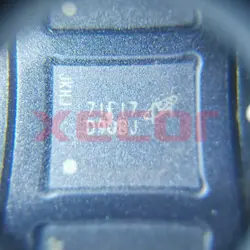
MT41K512M8RH-125:E
DRAM Chip DDR3L SDRAM 4Gbit 512Mx8 1.35V 78-Pin FBGA
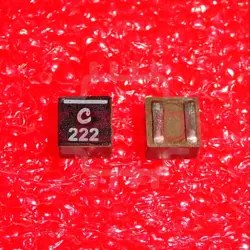
XGL4030-222MEC
2.2uH ±20% 7A 1616 Power Inductors ROHS
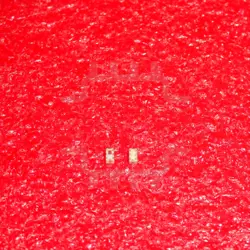
0900LP15B0063E
Ceramic Filters Low Pass 900MHz 0.9dB 50Ohm SMD 8Pin T/R
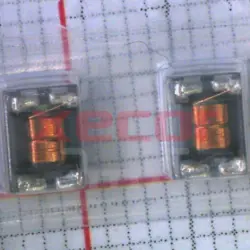
DLW43MH201XK2L
Common Mode Chokes Dual 200uH 100kHz 0.11A 4.5Ohm DCR SMD T/R Automotive AEC-Q200
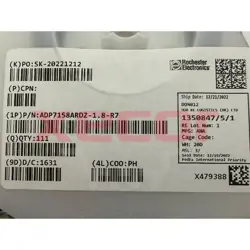
Z0805C420APWST
Ferrite Beads Chip 42Ohm 25% 100MHz 4A 0.008Ohm DCR 0805 T/R
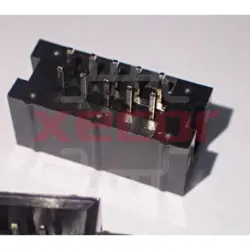
302-S101
Conn Shrouded Header (4 Sides) HDR 10 POS 2.54mm Solder ST Thru-Hole
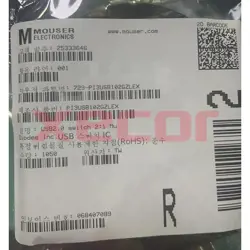
PI3USB102GZLEX
High performance USB switch for device connectivity
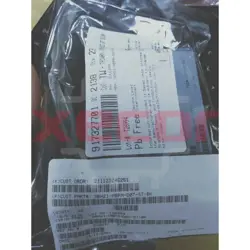
SBH21-NBPN-D07-ST-BK
2 Gold 2mm -40℃~+105℃ Brass Straight Plugin Wire To Board / Wire To Wire Connector ROHS
READ ALSO
-
Rapidly Establishing a Local LoRaWAN Network Using LoRaWAN Gateways Date: 26/09/2023
LoRa modulation is a low-power, wide-area network communication technology, based on spread spectrum technology, developed by Semtech. LoRaWAN is a set of communication protocols and system architecture designed for long-range communication networks using LoRa technology. It functions as the Media Access Control (MAC) layer protocol.
-
Comprehensive Explanation of the Modbus Communication Protocol Date: 26/09/2023
The Modbus protocol is a universal language used in electronic controllers, facilitating communication between controllers, networking via Ethernet, and interaction with other devices. It has become a widely adopted industrial standard, enabling control devices from different manufacturers to connect into industrial networks for centralized monitoring.
-
MES System Collects PLC Data via OPC Intelligent Gateway Date: 25/09/2023
OPC is a common communication protocol in the industrial control field, used in devices such as PLCs, DCS, SCADA, and more. It enables interconnection and communication between industrial automation devices and can be integrated with other factory systems to enhance efficiency. Through the use of the物通博联 (Wu Tong Bolian) OPC intelligent gateway, MES (Manufacturing Execution System) can obtain real-time PLC data, enabling functions such as remote monitoring, remote control, and equipment management, thus assisting enterprises in creating a digital factory and information-based management.
